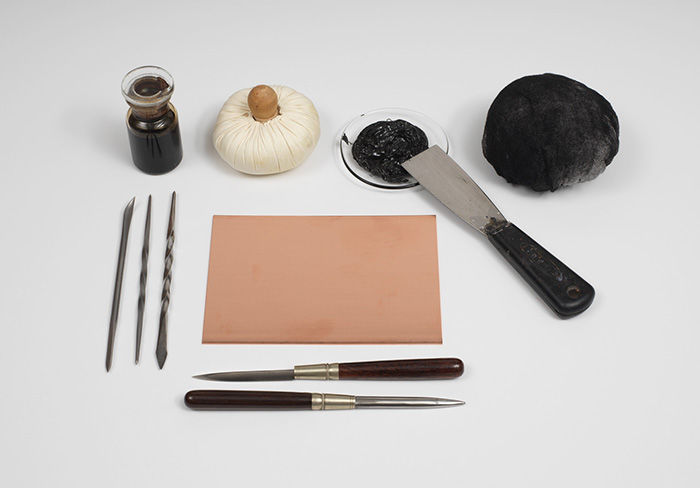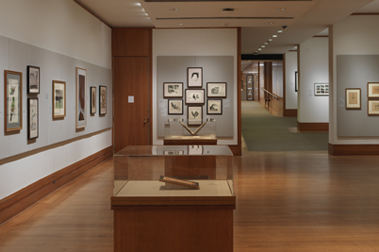A Brig at Anchor
Sir Francis Seymour Haden British
Not on view
Seymour Haden was the unlikely combination of a surgeon and an etcher. Although he pursued a very successful medical career, he is mostly remembered for his etched work as well as for his writings on etching. He was one of a group of artists, including James McNeill Whistler (1834–1903) and Alphonse Legros (1837–1911), whose passionate interest in the medium led to the Etching Revival, a movement that lasted well into the twentieth century. The extolling of etching for its inherent spontaneous qualities reached its pinnacle during this time. While the line of the etching needle, Haden wrote, was "free, expressive, full of vivacity," that of the burin was "cold, constrained, uninteresting," and "without identity."
This view of a brig and other vessels was published in "The Portfolio" in 1876. Harrington describes it as the final state, with "the sail of the barge much more heavily shaded in the upper part, horizontal lines having been added. The ripples in the water beyond and behind the barge again inserted. The figure of a man on the extreme right...this plate was actually etched from nature by moonlight." [p. 73]
Schneiderman's later catalogue designates the print a fifth state of six, "the sail of the barge is now heavily shaded at the top with horizontal lines. The outline of a bending figure has been added to the stern of the barge in drypoint, but because of the shadows the figure is partially obscured. During printing the drypoint work and lightly etched work wear." [p. 277]

